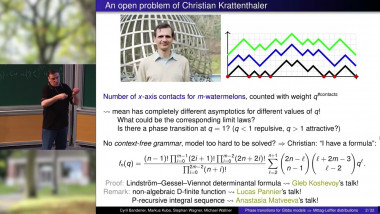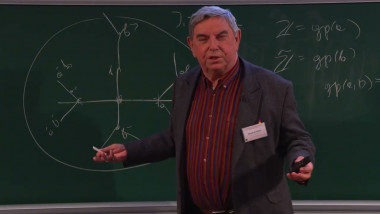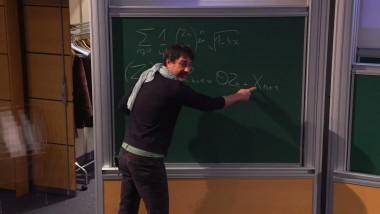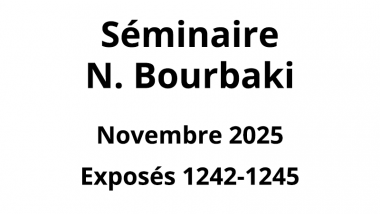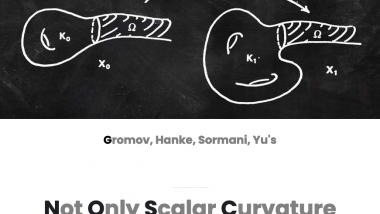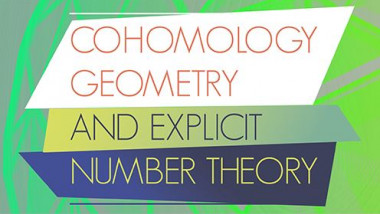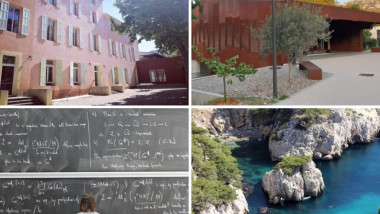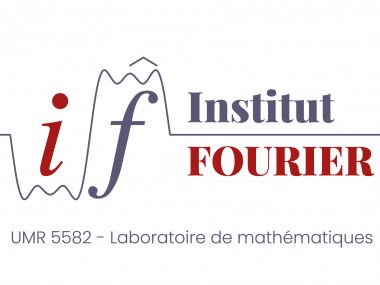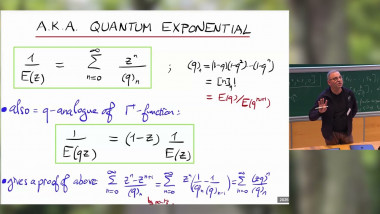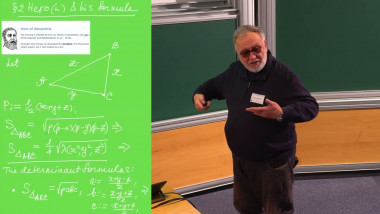Appears in collection : 100 (102!) Years of the Ising Model
In this talk I present a brief review of the recent results on sample-to-sample fluctuations in a critical two-dimensional Ising model with quenched random ferromagnetic couplings. Using replica calculations in the renormalization group framework I derive explicit expressions for the probability distribution function (PDF) for the critical internal energy and for as well as for the specific heat fluctuations. For the singular part of the internal energy it is shown that in the critical point both its average value and the typical value of its sample-to-sample fluctuations scale with the system size $L$ like $\sim L \ln\ln(L)$ which implies that the internal energy of disordered 2D ferromagnetic Ising model is non-selfaveraging in the critical point. In contrast to that, the specific heat is shown to be self-averaging with a distribution function that tends to a $\delta$-peak in the thermodynamic limit $L \to \infty$.
